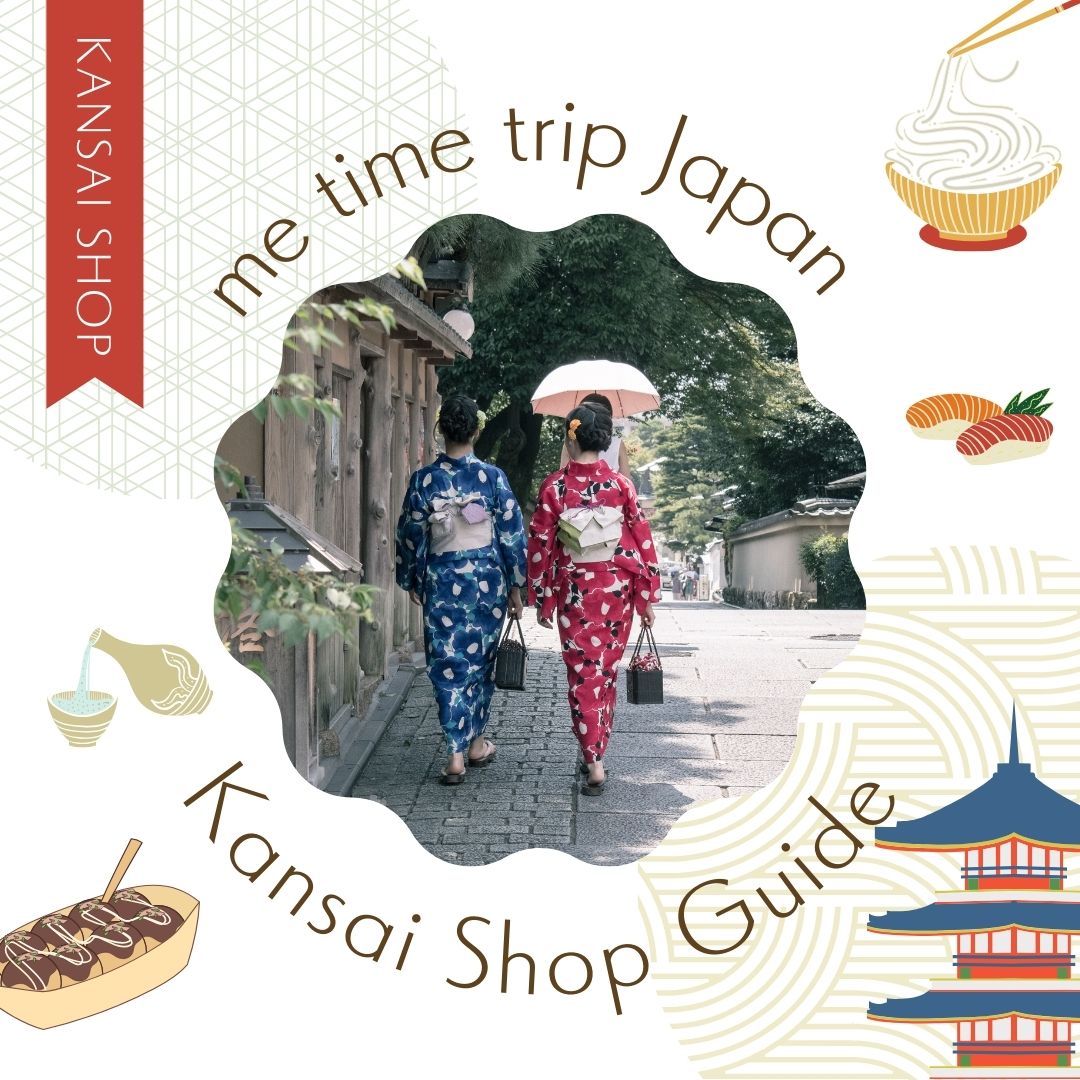◎Difference between wagyu and domestic cattle
Domestic cattle literally means Japanese breed of cattle, and more precisely a cattle reared in Japan for more than three months or the one spending longer time in Japan than in any other places, even if it has also been reared in other countries.
For Wagyu, there is a standard for screening which is completely different from the one for ordinary domestic cattle. In other words, those reared and mated, following Japan’s own standard which was existing even before the Meiji Period (1868-1912) is referred as wagyu.
Only beef which has met certain screening requirements and is able to prove it with the registration system based on the Act for improvement and increased Production of Livestock, or the like, is allowed to be labeled as “wagyu.”
More than that, each brand also has their own screening system. Therefore, those meet all the strict requirements can claim this name. There are approximately 300 brands in Japan.
In this article, we introduce three major wagyu brands which have achieved popularity.
◎Three Major Wagyu
Three major wagyu brands are Kobe beef, Matsusaka beef and either Omi or Yonezawa beef. (Although it is called “Three Major,” its recognition differs, depending of the regions. Therefore, sometimes it is called four major wagyu, instead.)
Though they are all categorized as wagyu, taste, fattiness, tenderness, etc. are all different, so, it would be interesting to try and compare one another. How about you find your favorite beef, and try it at its production center?
You might be able to have fresh products there for reasonable price.

①“Kobe beef” also highly regarded overseas
I suppose quite many people have heard the name “Kobe beef.” Among the luxury brand of Tajima beef, high quality ones which meet the criteria regarded as the strictest, can get permission to be shipped as high quality “Kobe beef.”
In 2009, it was selected as one of the nine most expensive food in the world, along with caviar, foie gras, and white truffle. It is also known for US former president Obama’s request at the time of his visit to Japan. The meat is tender and you can enjoy its soft texture.

Recommended dish for Kobe beef is “Sukiyaki.”
It is a kind of hot pot cuisine. Beef and vegetables are boiled in the iron pot with the stock called warishita or mixture of sugar, soy sauce, sake, etc. Usually, ingredients are dipped in a beaten egg, and then eaten. It is said that this is the best way you can appreciate its sweetness and tenderness.
On the other hand, if steak, you should enjoy the original taste of beef itself only with well-selected salt and pepper. It is also nice with another simple hot pot called “Shabushabu.” You dip thinly sliced beef into the broth a few times to be briefly boiled, and then eat it.
②“Matsusaka Beef” regarded as the best quality beef
This is the meat from the cattle reared in Mie prefecture, well-known with Ise-jingu Shrine. Featured with its very fine marbling, tender texture and sweet fragrance, it is said that “If steak, it should be Matsusaka beef.”
With first bite, delicious flavor of fat will grow in your mouth, and you can fully appreciate the original taste of beef.

If steak, you must have it only with salt to enjoy the original flavor and taste of meat. If sukiyaki, it is easy to eat, as aftertaste is light. It goes well with vegetables, too. Also, as an ingredient of “stew (cuisine of meat and vegetables boiled well in the sauce),” the sweetness of fat is exquisite. It is recommended o enjoy its melting-in-mouth taste.
③“Omi beef” most historical among numerous wagyu
Reared in Shiga Prefecture where Japan’s largest lake “Biwako” is, it is a brand wagyu with approximately 400 years of history.
Although it’s been said that only after the Meiji period people started eating beef in Japan, remained historical evidence mentions that “Toyotomi Hideyoshi, who built Osaka castle in the 16th century, served Omi beef to his people.” It has very fine texture, and sweetness of its fat is outstanding.

Since it is tender, it goes well with hot pot dishes such as shabushabu or sukiyaki, with which you can enjoy its melting-in-mouth feeling. Since it is tender, sweet and rich in flavor, you must eat it rear, if steak.
Not to mention basic seasoning of salt and pepper, some kind of sauce such as soy sauce based and mixture of grated daikon radish and ponzu vinegar also go well with it. Many locals rather prefer “shabushabu” or “sukiyaki” to fully eat up Omi Beef.
④“Yonezawa beef” British were shocked with its delicious taste.
Yonezawa Beef is from the cattle reared in Yamagata prefecture in Tohoku region of Japan. It became well known to the public during the Meiji Period (1868-1912). A British English teacher was so surprised with its delicious taste. Later, he served it to his friends and it earned popularity.
This is how the reputation went around to the whole nation. The red meat contains umami essence as its fat permeating to it. It is very fine marbling without strong smell and it has the melting-in-mouth texture.

Recommendation is its “steak.” No need to mention salt, using a variety of condiments such as soy sauce, grated wasabi radish and yuzu pepper, you can enjoy various taste. It is also suitable for “shabushabu” and “sukiyaki” to enjoy the tenderness of meat.

Summary
Other than those mentioned above, there are many brands of wagyu throughout Japan. If you are planning to travel the country, please check whether your destinations are famous for any brands or not.
Depending on the parts and the way of eating, there are various ways to enjoy it. Hope you find your favorite wagyu and way of eating.
*The information herein is as of January 2020.


